Ten tips for better lighting
Lighting a scene is a key component of story-telling, if you are new to 3D then these tips will teach you some core lighting concepts and techniques to improve your renders.
Lighting a scene is a key component of story-telling, if you are new to 3D then these tips will teach you some core lighting concepts and techniques to improve your renders.
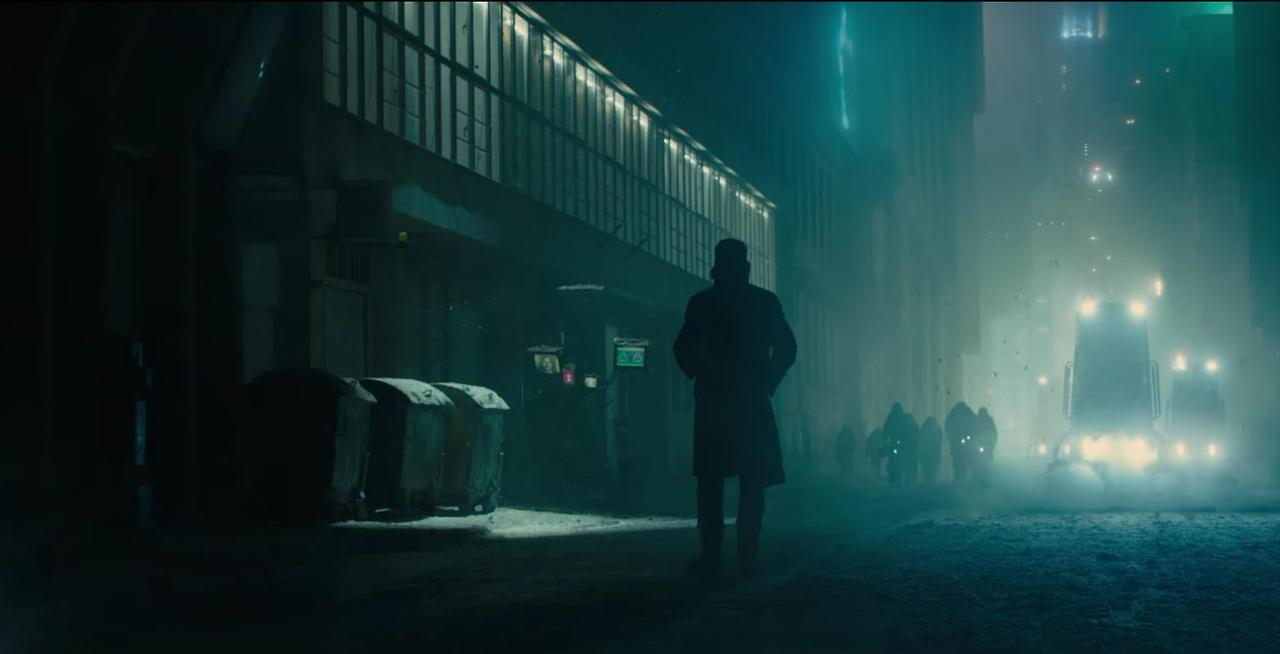
Originally published in 2015 and the main renderer focused on was the Cinema 4D Physical Renderer. Since then, the landscape has changed considerably and we have many more render engines to choose from, they are generally faster and offer more features that Physical, which is now outdated.
For this tutorial we decided to use Redshift, but most, if not all of these techniques can be applied to virtually any modern renderer, it doesn’t matter if you use Redshift, Octane, Arnold, Corona, Vray, etc. you should be able to adapt these principles to your package.
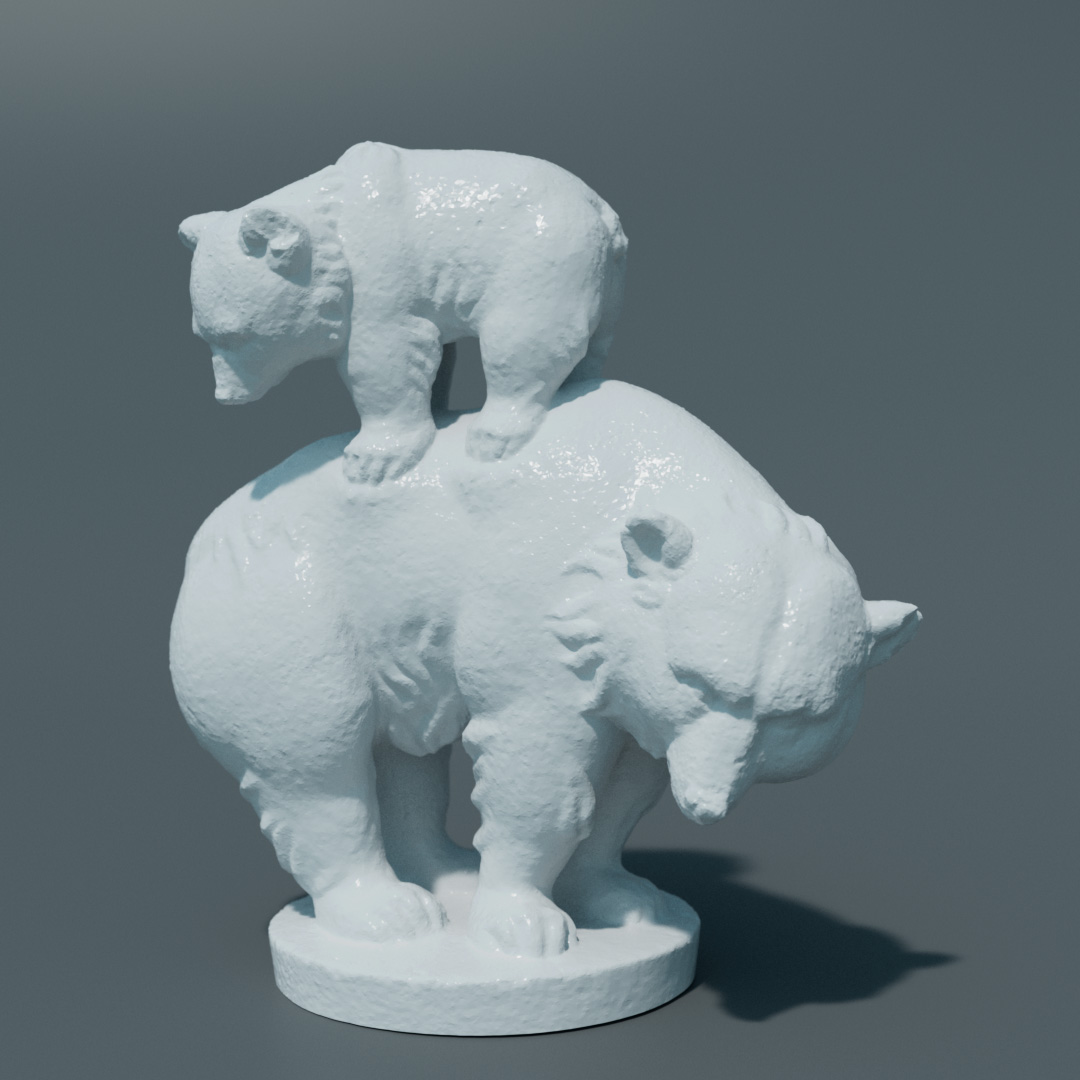

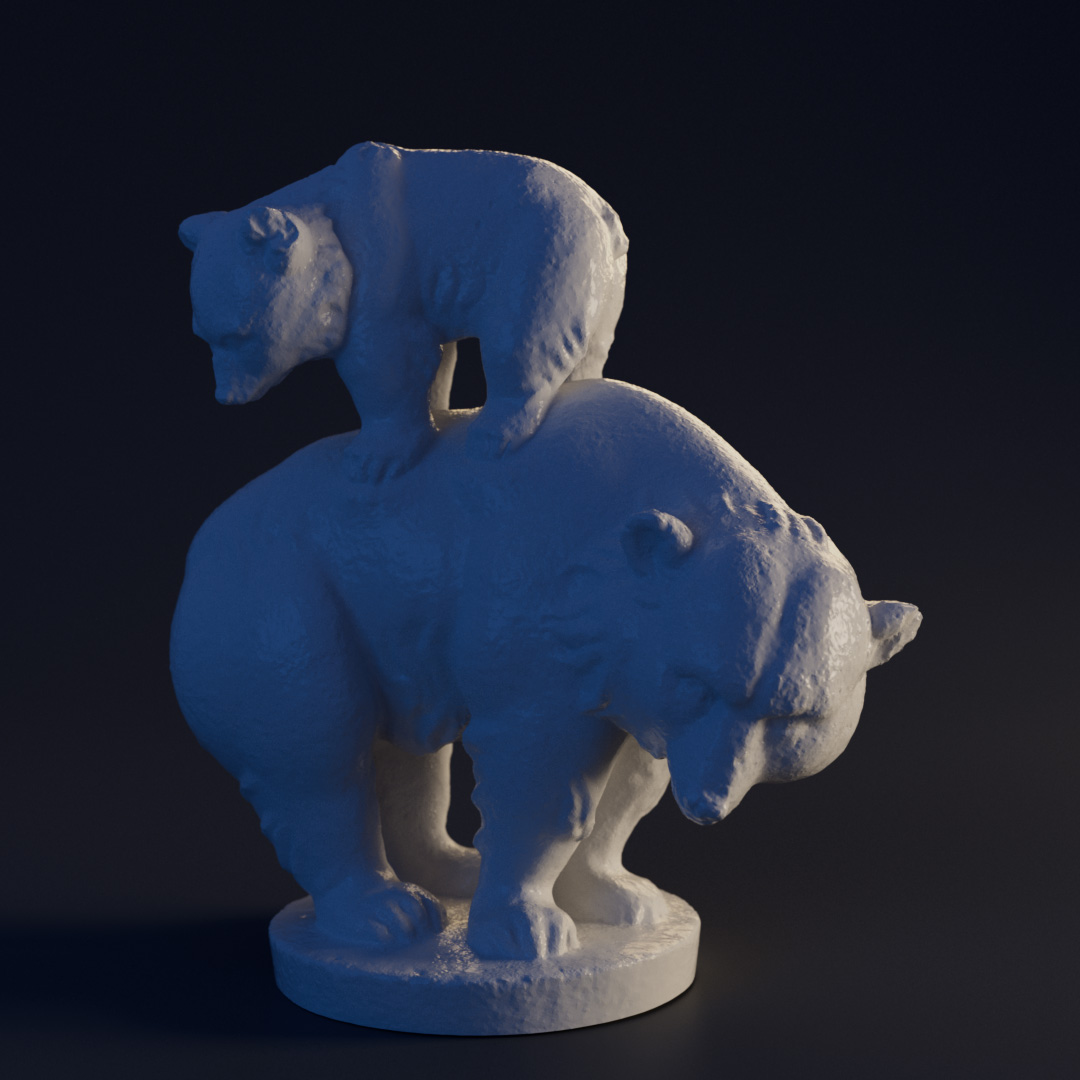
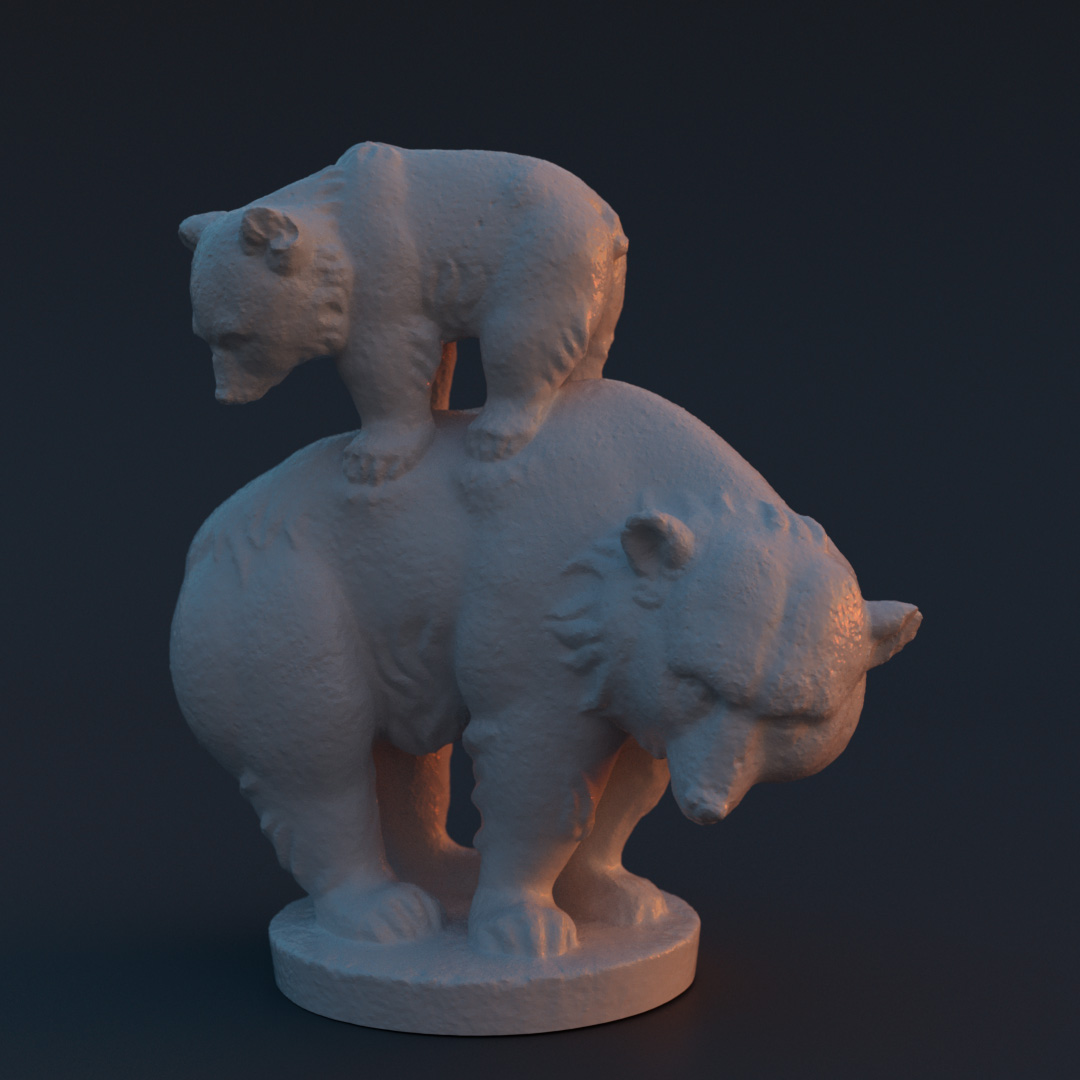
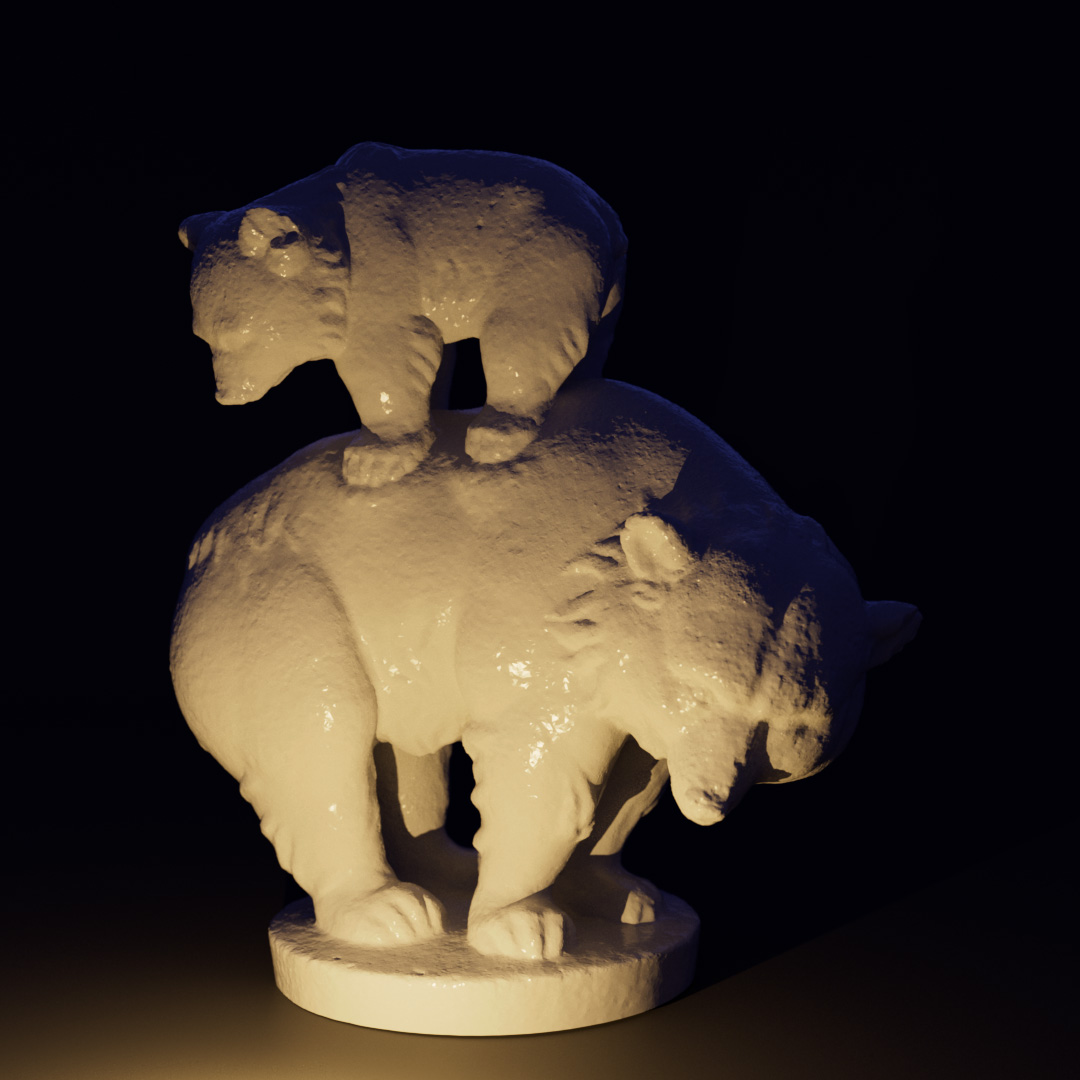
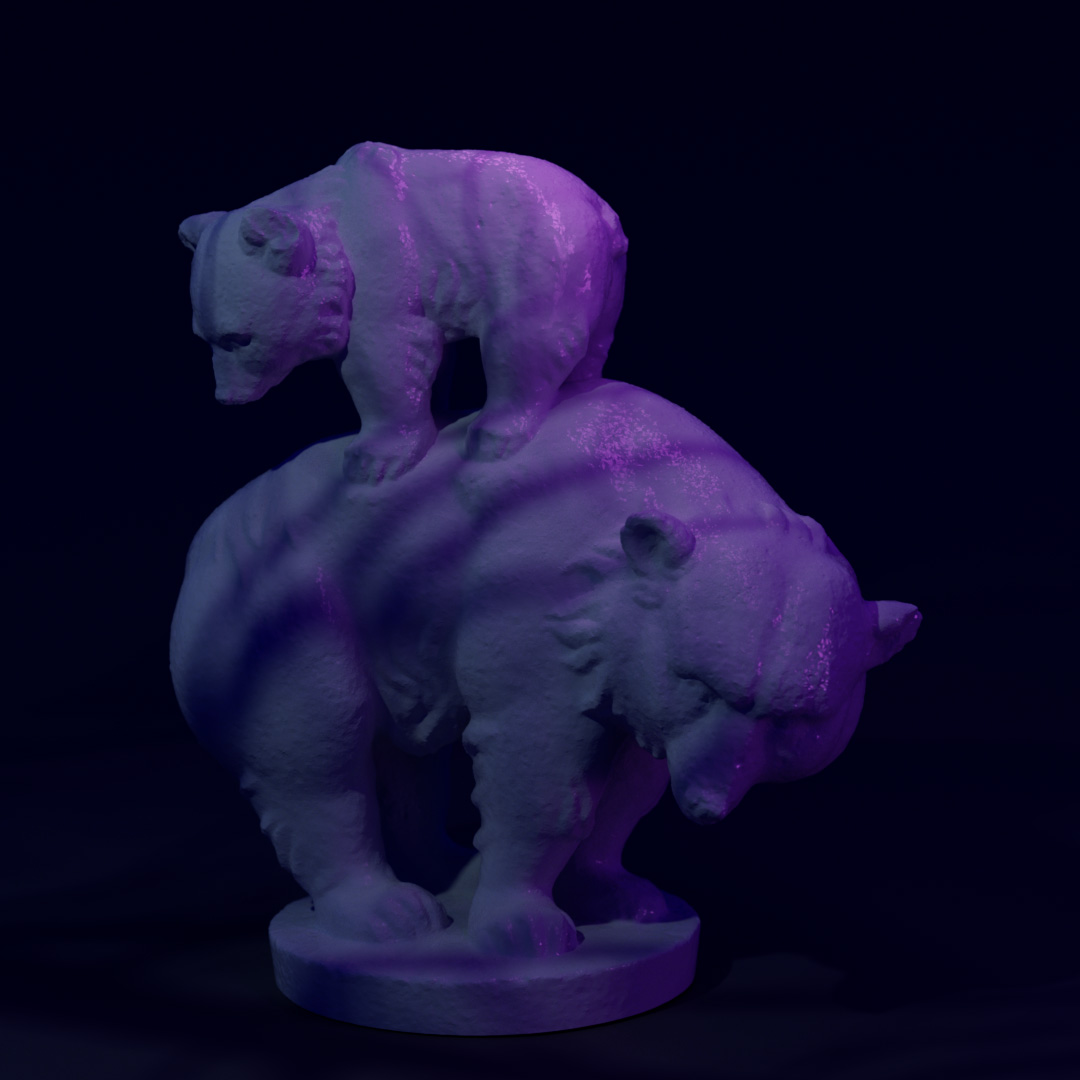

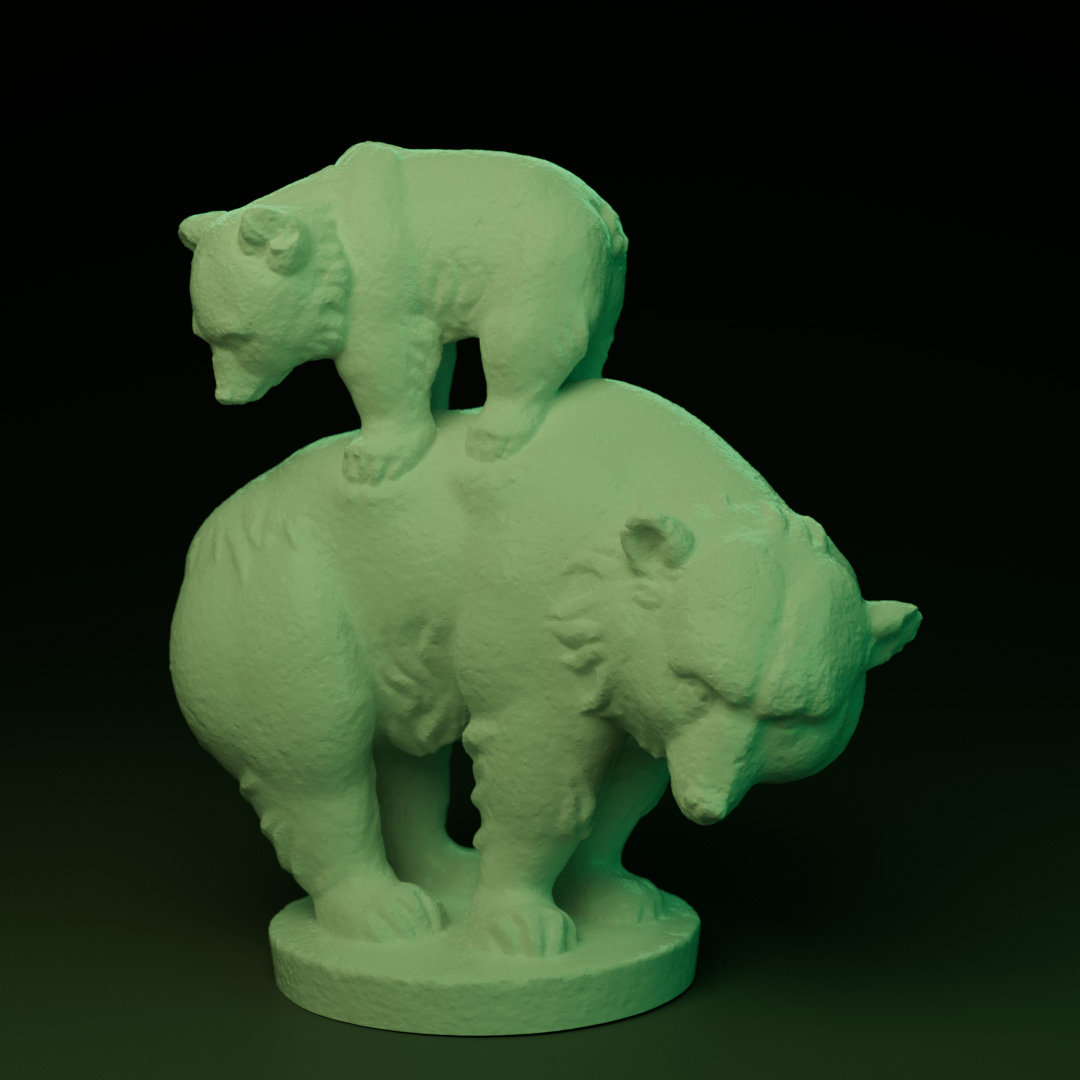
Each of these subjects covers a specific element of CG lighting and how this will influence your scene, the ten topics covered in this tutorial are.
These tips for lighting are just the beginning of your adventure. The journey through each and every project you take on will improve and enhance your lighting skills, this is something that you will constantly finesse for the duration of your career. Always learning more and improving. I hope this small collection of tips helps those of you new to this and inspires you to keep on rendering.
